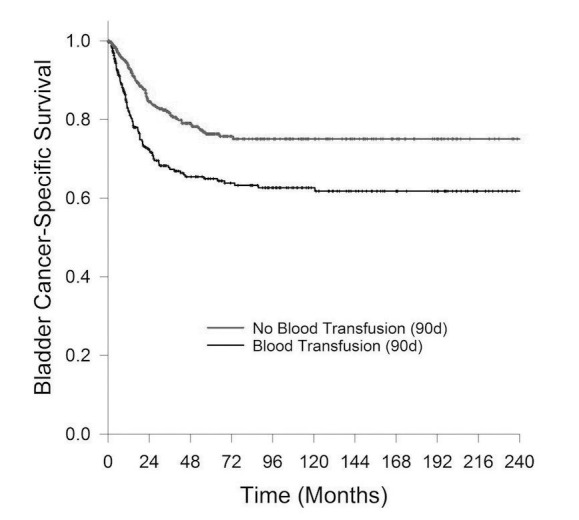In an abstract sort of way, it has been quite the ride.

Dr. Andrew MacNeily, CUA
President
I suppose I will go down in the annals of the CUA as the COVID President. Not to be outdone, your 2020 CUA Scientific Committee Chairs (the tall boys) will most likely be remembered as the COVID Chairs.

Dr. Keith Rourke, CUA 2020
Scientific Committee Co-Chair

Dr. Peter Black, CUA 2020
Scientific Committee Co-Chair
Keith Rourke (tallest) and Peter Black (wisest) really stepped up and delivered a great scientific program for CUA 2020. Unfortunately, it was not meant to be.
Instead of wasting all that effort for naught, your CUAJ has published the accepted abstracts for CUA 2020. These should have, could have, and would have been debated in Victoria. Please take the time to study the abstracts, which represent the hard work of all the would-be presenters. Keith, Peter, and their Scientific Committee put a tremendous amount of work into creating the 2020 CUA program and it should not go unnoticed. In fact, with the support of the Scientific Planning Committee, the CUA is proud to be offering a week-long, not-to-be missed, virtual “CUA Night School” every night from 8:00–10:15 pm from June 22–26, reflecting what would have been some of the program highlights of the CUA 2020 annual meeting. I encourage you to participate in this Section 1-accredited event at nightschool.cua.events.
Of course, all of this is just an abstraction…















































